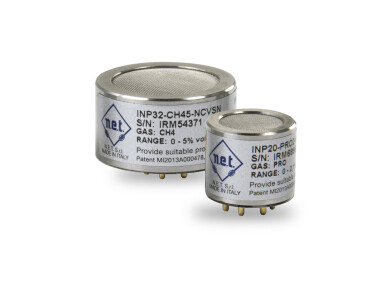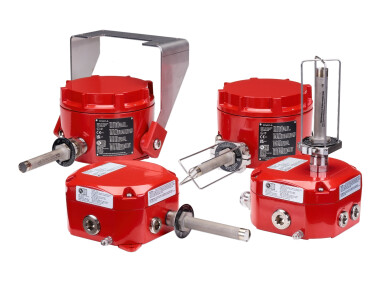Safety
What is the Environmental Protection Agency?
Jul 14 2014
The United States Environmental Protection Agency (EPA) is a government organisation that exists solely to protect human health and the environment. It is the only agency in the United States with the right to create and enforce environmental policies. The EPA is governed by an administrator (who reports directly to the president of the United States) and is headquartered in Washington DC.
A Brief History of the EPA
During the 1950s and 1960s the American public became increasingly concerned about ecological issues, particularly the impact of human activity on the environment. The widespread use of toxic pesticides caused alarm, particularly after Rachel Carson’s damning book Silent Spring was published in 1962. During the 60s a number of revolts took place in response to the bulldozing of communities and ecosystems for the construction of the Interstate Highway System. Finally, in 1969 the catastrophic Santa Barbara Oil Spill (the third largest disaster of its kind to date) incurred public outcry and the government was forced to act.
The National Environmental Policy Act of 1969 (NEPA) which promised to preserve and enhance the environment was created in response. The EPA was later formed in 1970 when President Nixon recognised the need for a single agency to deal with all environmental legislation. Environmental issues (such as air pollution and waste management) that had previously been assigned to other government agencies were now unified and managed by a single bureau.
What Does the EPA Do?
The Environmental Protection Agency establishes environmental legislation, enforces cleanup programs, conducts important research and funds education initiatives. In short, it does everything it can to protect the environment with the help of some 18,000 employees and community volunteer groups.
In its early days the EPA worked to make general environmental improvements. Important policies included the Clean Air Act of 1970, the Federal Environmental Pesticide Control Act of 1972 and the Clean Water Act of 1972. In 1980 the Comprehensive Environmental Response, Compensation, and Liability Act (CERCLA) was founded. Known affectionately to most Americans as ‘Superfund’, this policy targeted the unprecedented number of abandoned sites that required cleanup. These sites, often factories, mines or landfills were highly toxic and therefore posed a risk to human and environmental health.
Today, the EPA is responsible for upholding 12 major laws. To do this, the agency runs more than 100 programs dedicated to the following areas; air, pollution prevention, wastes and recycling, toxics and chemicals, water and pesticides. To learn more about EPA policies, read the article Meeting Tier 3 Requirements with Ease and Precision.
Like any government agency, the EPA is subject to a great deal of criticism. In 2007, the Supreme Court sided with Massachusetts environmentalists who claimed the EPA was ‘shirking’ responsibilities. During George W. Bush’s administration the EPA faced a great deal of controversy as well as lawsuits, investigations and high-profile resignations.
Digital Edition
PIN 25.6 Buyers' Guide
January 2025
Buyers' Guide Directory - Product Listings by Category - Suppliers Listings (A-Z) Articles Analytical Instrumentation - ASTM D7042: The Quantum Leap in Viscosity Testing Technology -...
View all digital editions
Events
Jan 20 2025 San Diego, CA, USA
Jan 22 2025 Tokyo, Japan
Jan 25 2025 San Diego, CA, USA
SPE Hydraulic Fracturing Technology Conference and Exhibition
Feb 04 2025 The Woodlands, TX, USA
Feb 05 2025 Guangzhou, China



















